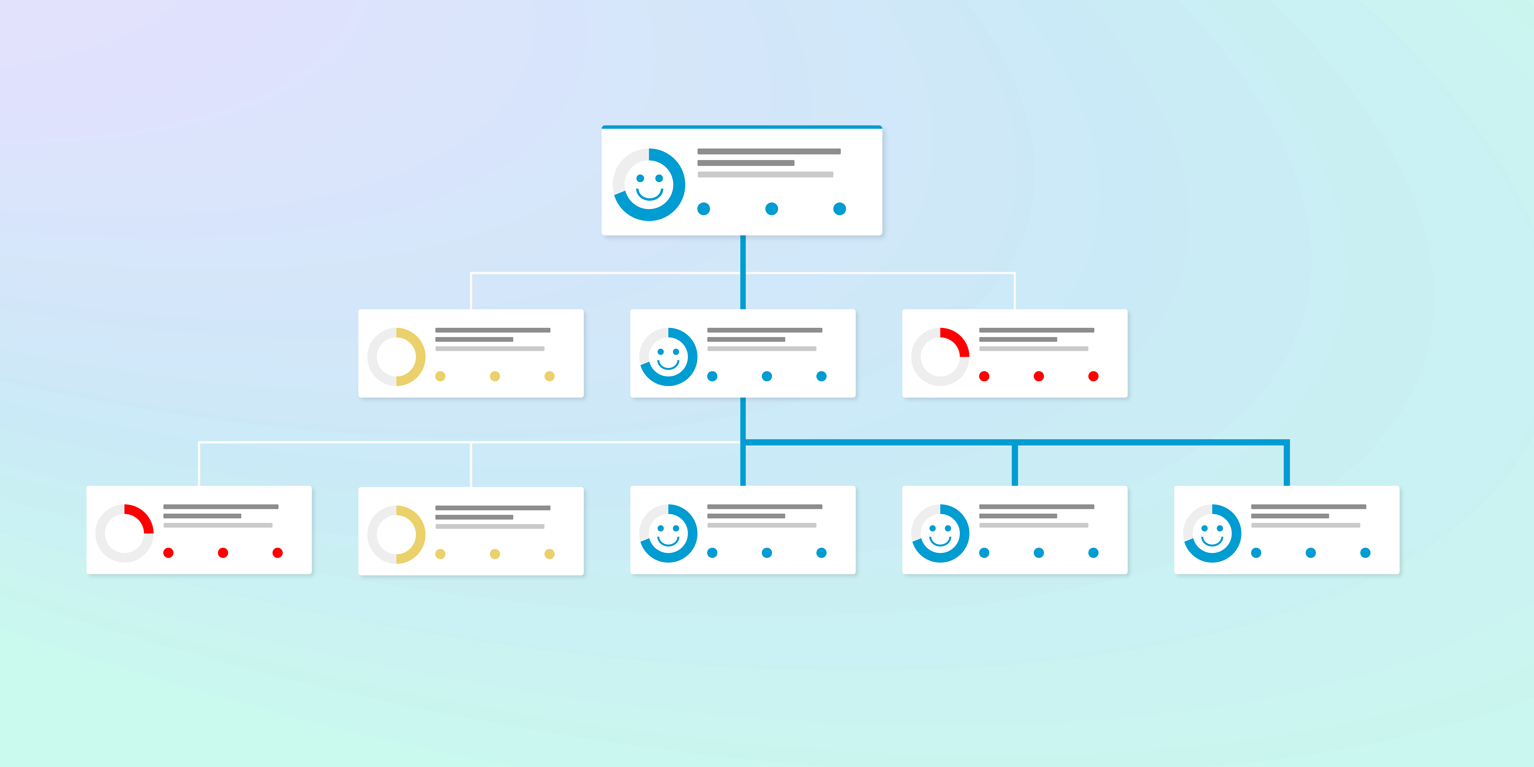How to Create a Happier Workplace Through Effective Work Management
Setting the Scene
Let me preface this blog post with the statement that I don’t know anything about large-scale construction projects and am not in any way trying to be contentious. However, it is an example of an industry that we can all identify with. I was traveling for work recently; my hotel room looked out upon a large construction project where the team were completing an expansive roof. While waiting for my next call, watching skilled people go about their work is always interesting. It is clearly a complex activity requiring several different trades and perhaps 30 people in total. But when I checked back in occasionally, it was noticeable that output was somewhat disproportionate across the team. While many were busy laying sheets of roofing, there were perhaps 3 or 4 individuals sitting on the edge of pallets or a bucket of something, intently checking their mobile phones. These people were disengaged from the task at hand, and not just for a few minutes.
Workplace Happiness
HBR in their recent article Creating a Happier Workplace Is Possible — and Worth It, referenced some important Gallup data. After trending upwards, employee engagement has hit its lowest in 10 years. “50% of the global workforce is quiet quitting and 18% are loud quitting”. At StrategyBlocks we call this disengagement, and active disengagement respectively. Gallup goes on to say that we are still in a pre-pandemic “crisis of loneliness”, “we may be hyper-connected, but we’re lonelier than ever.” That small number of tradespeople on the roof is sending a visual message to the others that they have no interest or motivation to be there. This takes a toll on the output of the whole team.
Sense of Purpose
One method mentioned to grow workplace happiness is to restore a sense of purpose achieved through a connection to the organization’s mission. “Quiet quitting and attrition have been consistently linked to a lack of enthusiasm and meaning at work”. Our goal at StrategyBlocks is to visually communicate the alignment people have to their organization’s vision and mission. It gives meaning to those key activities for which we are each accountable – it gives what we each do meaning. Consider the alternative viewpoint, “I have no idea why I am doing what I am doing, and what I am doing isn’t being recognized anyway”. Part of the problem is that tracking work output can be challenging for many complex organizations, and from what we see in the market these challenges can be grouped into 3 categories:
Visibility – the modern hybrid workplace requires a good deal of self-management and discipline to work efficiently. It doesn’t matter where people are physically located, on a construction site, in the office, geographically spread, or working from home. There is a need to see organizational output in its entirety, we need to be able to answer the question “are we doing the things that we said we would do?”.
Accuracy – every organization I have encountered while working in the field of strategic execution have measured work output. However, the process is generally informal. Managers, teams, and individuals all have different methods of assessing output which leads to misunderstanding and inconsistency of measurement – it creates doubt and erodes confidence.
Process – micromanagement is not the answer, it is neither effective nor efficient. It would not be practical to have a Supervisor standing over the roofers as they go about their tasks. Individual expertise must be recognized, and trust demonstrated.
Driving Success
Agile teams of people must work together with clarity of strategic vision, clear alignment, and transparency to achieve mutual benefit. They need to be accountable to each other to benefit their team, and the organization, and not just as individuals. A system to enable the standardization of work management needs to be implemented and allowed to grow and expand organically. All people desire a sense of purpose, which will improve workplace happiness and strategic performance across the enterprise.




Leave A Comment